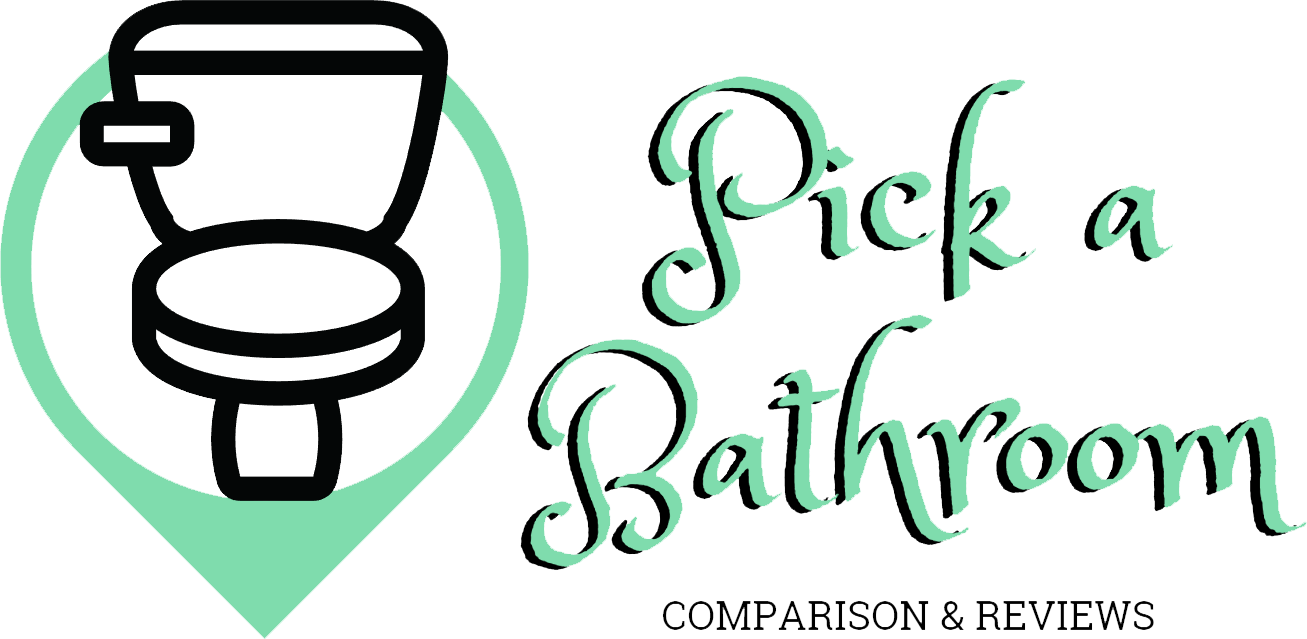Last Updated on November 16, 2022 by acechapman
Vessel sinks are slightly different from drop-in sinks and they have their own pros and cons in terms of style, maintenance, and use.
These advantages and disadvantages can either direct you towards or away from the vessel sink in your bathroom.
What is a vessel sink?
A vessel sink is also known as a bowl sink. This sink can be freestanding and placed on top of a countertop.
Other sinks are integrated into the sink so that the top of your countertop is flush with the sink. The vessel sink is different in that its bottom lines up with the countertop. It is attached to the drain.
Some shapes have the whole bottom of the bowl on the countertop. However, round-bottom vessel sinks only have a small portion that is attached to them.
A vessel sink is more common in bathrooms than in kitchens, as they are less durable and can withstand the demands of a kitchen.
Vessel Sinks Pros And Cons
Pros
Extra Space
Two spots are more spacious for a vessel sink. The vessel sink has more counter space because it is round and does not sit fully on the counter, leaving extra space around the edges.
Because the bowl is not dropped into the countertop, there is more space under it. You can store additional cabinets or drawers under the countertop.
Style
A vessel sink’s design is elegant and versatile. Even though the initial cost of a vessel sink is low, it has a big wow factor.
The vessel sink comes in many sizes, shapes, and finishes. This can make it easier to coordinate with other elements of the bathroom.
Installation
With vessel sinks, installation is easy. Most sinks require cutting and professional installation. A vessel sink requires only a drain hole in its counter. The sink can then be placed directly on top of it.
Flexibility
The flexibility of the vessel sink, in addition to its ease of installation, is a great pro. The sink does not require any cutting other than a drain hole. It can easily be changed to suit new trends or users.
Cons
Overflow
A drop-in sink usually has an overflow drain at the side. However, this is not possible with a vessel sink. If not watched carefully, a vessel sink can overflow. This is why a special drain is required, as described below.
Maintenance
A vessel sink requires more maintenance than an average sink. It is more difficult to clean around the edges of a vessel sink because the area where it meets the counter is small and difficult to reach. This can lead to additional maintenance and tools.
Durability
Vessel sinks can be cracked or chipped because they are so exposed. There is a possibility of the vessel sink being raised, which could lead to additional bumping into your bowl.
Style
The style can be a plus, but it could also be a drawback. If not done properly, the vessel sink can be outdated and unappealing. Designers think that the sink is too complex and impractical.
Height
A vessel sink’s rim is higher than a regular sink, which can make it more difficult for users who are shorter. You may also find it difficult to use the sink for daily activities due to its height.
Is it practical to sink vessels?
Vessel sinks may not be as practical as regular sinks. Vessel sinks are more practical than standard sinks because they sit higher than average. This can make it difficult for people with shorter legs to complete everyday tasks like washing their faces or brushing their teeth.
A powder room or small bathroom is the best place to install a vessel sink. This will allow people to wash their hands and not have to use the whole space.
Sizes of vessel sink faucets
You should also consider the bathroom faucet that will best suit your sink. Vessel sink faucets are available in two options: wall mount or deck mount. They are smaller than standard faucets.
A deck-mounted faucet is typically used for vessel sinks. It can be 12 to 17 inches in height. The faucet often features a curving neck that allows for easier hand washing and accommodates the larger sink bowl.
When installing the water flow, it is important to ensure that the water flow is located in the middle of the sink. This will prevent water from splashing around.
Frequently Asked Questions
Are vessels slow to sink?
A vessel sink is often installed with grid drainage. Although these drains may slow down the draining process, there are solutions.
Proper venting of the drain pipes should ensure that there is no problem with draining. It could lead to a bigger problem if the drain isn’t draining as fast as it should.
Vessel sinks do not have the option of an overflow drain because the sink is located on top of the counter and cannot be connected to another drain pipe.
Are Vessel Sinks Require a Special Drain?
The vessel sink is not equipped with an overflow drain. A typical drain can hook up to both the main drain and the overflow drain.
A special drain type that has only one pipe is required to accommodate this overflow drain. Venting is necessary to ensure that the drain drains at the correct speed.
Wrapping up
Hopefully, the vessel sinks pros and cons will help you decide. If you choose the right style, vessel sinks can still be a fashionable choice. Although vessel sinks are not always the best choice for functional bathrooms, there are many situations in which they can be a great option.
The vessel sink design has evolved to keep up with changing trends by using different materials and shapes. They can be expanded to accommodate more designs and sizes of vessel sinks, which keeps the vessel sinks relevant.
Pick A Toilet may collect a share of sales or other compensation from the links on this page.







